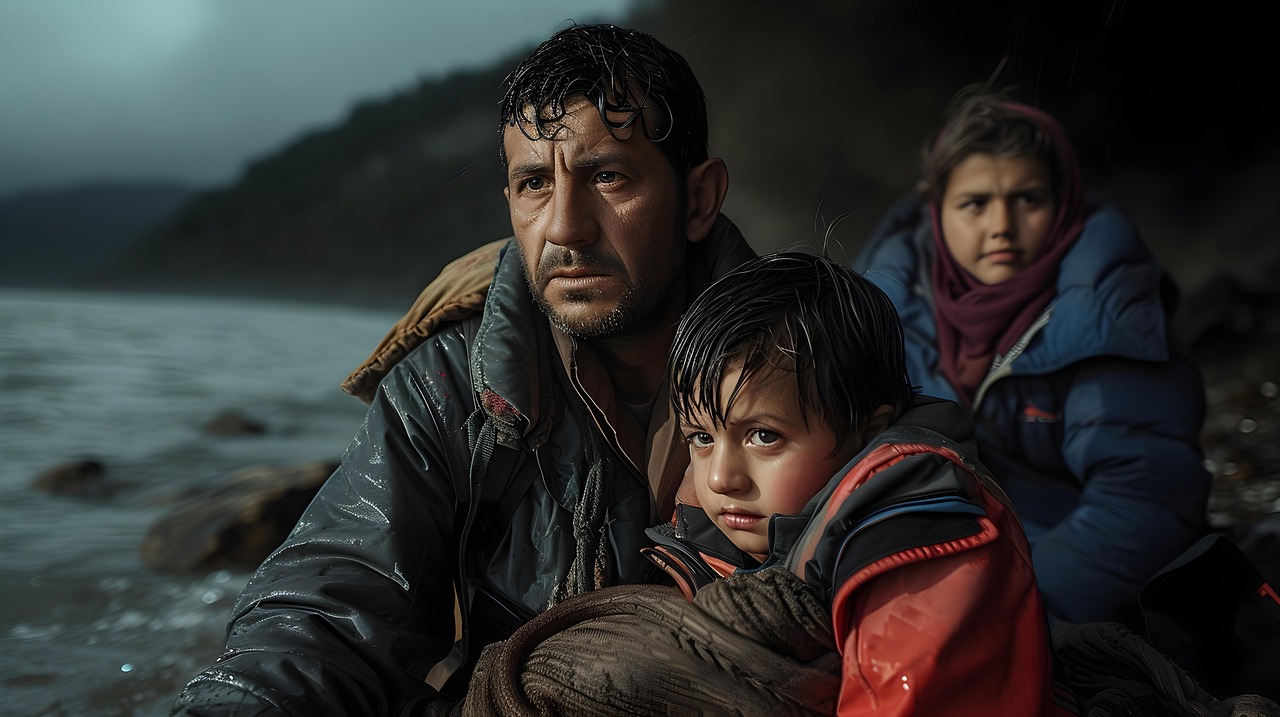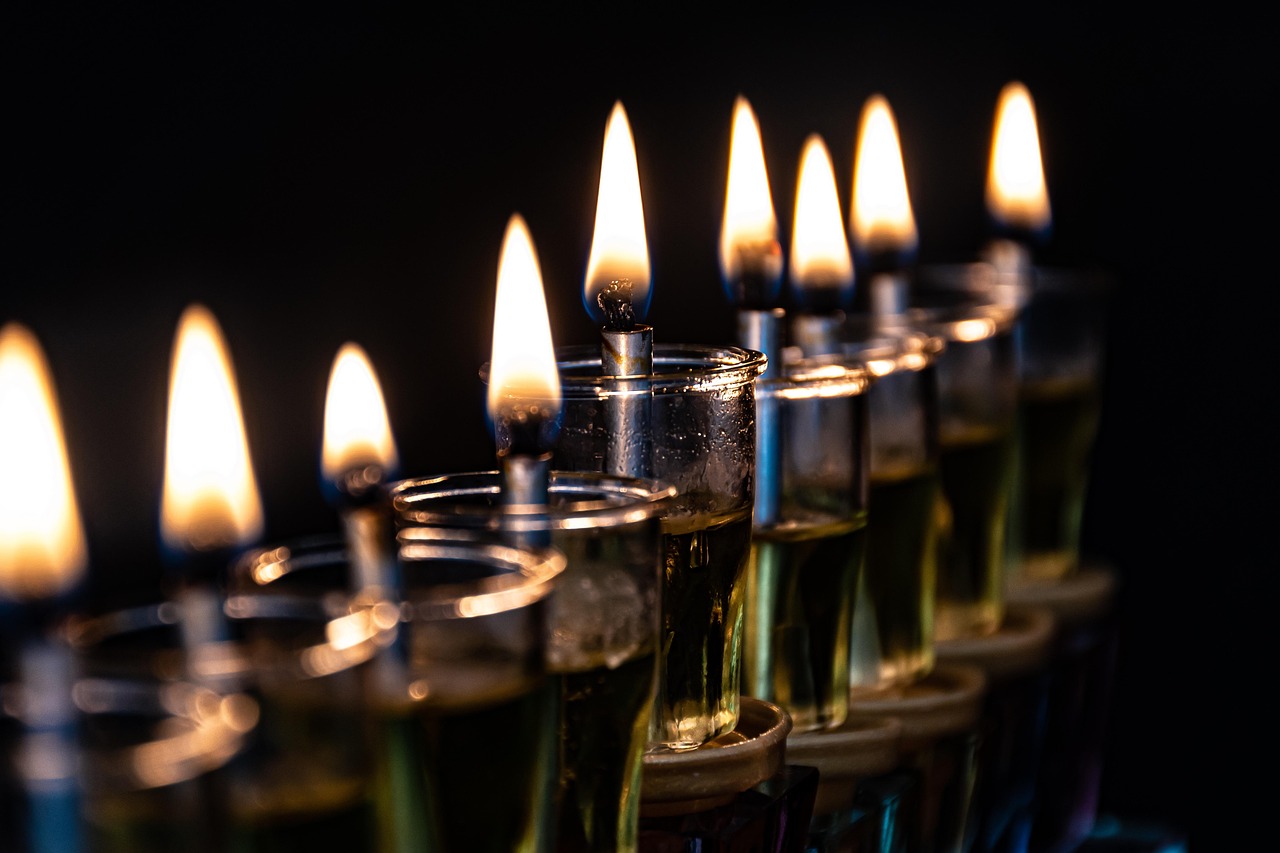Download the full PDF of the ritual below
1. Framing
What are Land Acknowledgments & why do we do them?
As Jews / folks in relationship to Jewish community we have an ancient and complex relationship to land, indigeneity, and diaspora. Our tradition therefore compels us to acknowledge all indigenous peoples who have been and continue to live and exist in relationship to the lands where we currently dwell.
Land Acknowledgments serve to:
• Offer recognition and respect.
• Counter the “doctrine of discovery” with the true story of the people who were already here.
• Create a broader public awareness of the history that has led to this moment.
• Begin to repair relationships with Native communities and with the land.
• Support larger truth-telling and reconciliation efforts.
• Remind people that colonization is an ongoing process, with Native lands still occupied due to deceptive and broken treaties.
• Take a cue from Indigenous protocol, opening up space with reverence and respect.
• Inspire ongoing action and relationship.
Acknowledgment by itself is a small gesture. It becomes meaningful when coupled with authentic relationship and informed action.
2. Sense of Place
Understanding where we are in relationship to indigenous peoples Most of us live in places where indigenous peoples currently and historically are or have been in relationship with the land around us. We invite folks using this guide to research and share detail about the lands and indigenous peoples in relationship to where they live. If you are unfamiliar with this information, this website is a good place to start (though we know this is for sure an imperfect tool and resource): https://native-land.ca/
Particularly for those of us living in places where we ourselves are not indigenous, we highly recommend that you:
• Do additional research before or after today’s practice to learn who these peoples are;
• Find ways to get into relationship with indigenous communities living in or near your own community;
• Consider where and how you might add land acknowledgement practices to your organization or institution’s work and events;
• Consider additional restitutional opportunities to help mend and resource indigenous communities: e.g. land taxes, long-term organizational commitments and education practices, budget allocations, etc. www.mitsuicollective.org
3. Closing Ritual
In this time of isolation we must simultaneously hold the needs of ourselves as individuals, the needs of our individual communities, and the needs of all other communities who make up the larger ecosystems in which we live. So as a closing ritual to our land acknowledgment, we turn to the Shema, a beautiful Haiku that holds both the particular and the universal in Jewish tradition. In a moment I’ll lead us in chanting the Shema, one full breath for each word. We invite all of us who are present here in this [virtual] space, joining from places across North America and Turtle Island, to sing together, and to call in and honor the presence of all those whose lives intersect our lives, all those who have been and continue to be in relationship to these lands and these places. We will then pause for a brief listening meditation to make space for their voices before we continue with our program.
Please find a centered position, sitting or standing, feet to the floor. We will take three deep breaths and then begin.
שְׁמַע יִשְׂרָאֵל יְהוָה אֱלֹהֵינוּ יְהוָה אֶחָֽד
Shema Yisrael Adonai Eloheinu Adonai Echad [follow chanting and listening meditation by reading the following to close]
Shema Yisrael — Listen, you G!d-wrestlers! | Pay attention! We are being called into divine presence.
Adonai Eloheinu — Adonai is our G!d | We call in Hashem as the G!d of our ancestors, particular in their relationship to us the Jewish people;
Adonai Echad — Adonai is One | a unified presence, the divinity of sacred interconnectedness between all peoples and all living beings on this world and all others; And let us say, Amen.
Resources
• http://landacknowledgements.org/
• https://nativegov.org/a-guide-to-indigenousland-acknowledgment/
• https://ibw21.org/reparations-resourcecenter/
• https://americanindiansinchildrensliterature. blogspot.com/2019/03/are-you-planning-todo-land.html
Acknowledgments
This guide is adapted from the land acknowledgement created for Bend the Arc’s Pursuing Justice 2020 conference, planned and led by Koach Baruch Frazier, Samia Mansour, and Yoshi Silverstein. The Shema translation and commentary is by Yoshi Silverstein, with credit to Rabbi Arthur Waskow for the term “G!d-wrestlers.” Additional thanks to Adina Alpert for research and support; and to all those who have dwelled in these places before us and upon whose shoulders our work stands.













